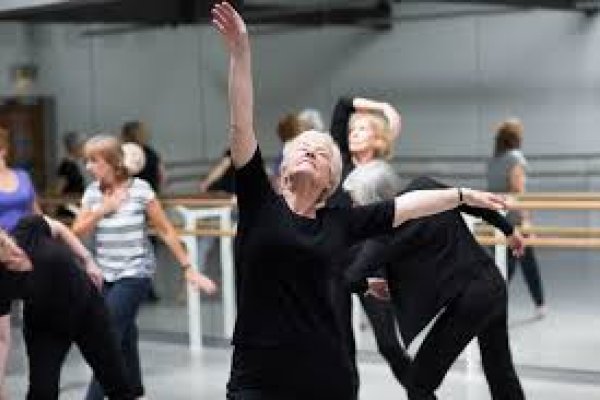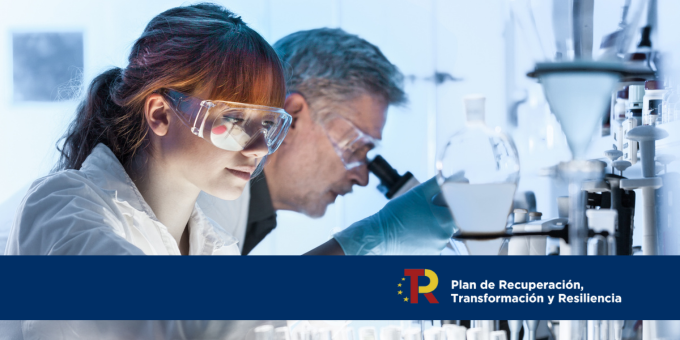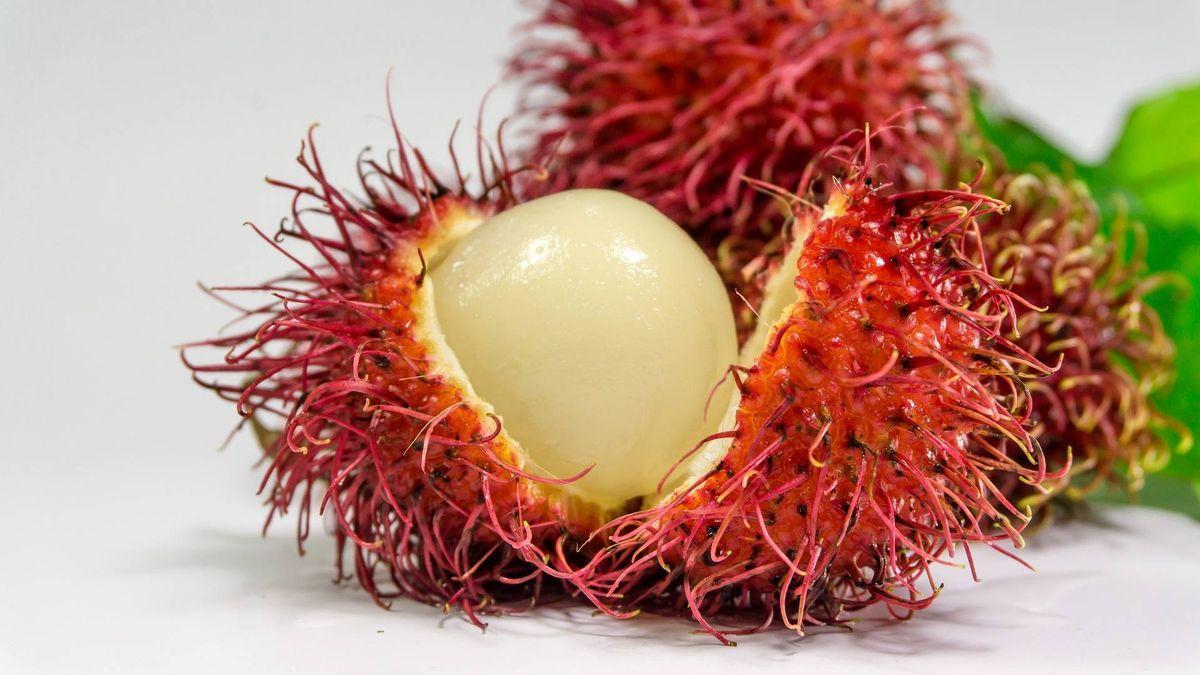Written by Delfina Pintos, Nutrition Specialist: The best option for achieving a healthy weight is to balance the calories eaten with those expended through daily physical activity. This is called energy balance, which can be positive (when more calories are eaten than are expended), negative (when fewer calories are consumed than are expended) or neutral (when the same calories are consumed as are expended). Throughout the day.
To obtain a good energy balance, you must burn calories, while maintaining the principles of proper nutrition and increasing physical activity to achieve a healthy lifestyle.
Dancing as a physical activity There is no age for dancing, it provides multiple benefits to the respiratory and vascular systems; It also corrects posture, strengthens muscles, enhances coordination, appearance or image, and improves mood, among other things.
Opening up to dance is your introduction to experiencing life in a full and vibrant way. Every woman and man must allow themselves, beyond their circumstances, to release their “inner dancer” and know the joy of living through dance. Dancing in this way becomes the most powerful and effective medicine to heal and revitalize yourself in all aspects.
Expend energy in dancing
The number of calories burned during an hour of dancing varies from person to person depending on age, height, weight, intensity, and of course diet.
Food is key
Although dancing uses energy and burns calories, to achieve a negative energy balance you must eat accordingly.
Food is the body’s source of energy.
If you do not maintain a balanced diet, you will not have the energy needed to do any kind of daily activity. For its part, the body’s fuel before training and after training for recovery is carbohydrates. When choosing them, you must choose those of natural origin and rich in fiber, such as whole grains, legumes, and starchy vegetables. The nutrients that will be responsible for tissue regeneration, and thus increasing resistance during activity, are proteins, the most complete source of which are eggs, lean dairy products and lean meat.
Therefore, it is essential that both nutrients are included in pre- and post-workout meals to improve performance, resistance, and muscle regeneration.
Examples of breakfast meals
Whether you eat breakfast before or after training, it is essential to incorporate proteins and carbohydrates to increase energy and resistance levels when consumed before exercise, as well as to replenish deposits and cooperate in tissue repair when consumed after exercise. In this first meal of the day, the most important thing is to achieve combinations that prevent insulin from using fat as an energy source. To do this, it is suggested to avoid consuming fast-absorbing carbohydrates such as sugars (honey, homemade jams, muscabo sugar) and white flours (white bread, water crackers, cornflakes, etc.).
Some examples of breakfast could be:
Coffee + nuts (healthy fats and proteins – satiety, resistance) + fruit (quick energy and fibre).
Coffee (caffeine, stimulant) + whole wheat bread (low glycemic index carbs).
– Long-lasting fuel) with cheese or eggs (protein necessary to stop rapid absorption of carbohydrates and generate resistance) and fruits (fibre).
Pie (egg, healthy flour, fruit).
Example of snacks
In the afternoon, there is a natural decrease in serotonin (known as the “happiness hormone”). The precursor to serotonin is tryptophan, an amino acid found in the carbohydrate source foods mentioned above. Due to the decrease in this hormone, it is common to feel a greater desire to eat sweet foods in the afternoon, so some healthy suggestions to provide this amino acid and calm this need may be:
Yogurt (protein) + granola (oats, dried fruits, seeds or nuts, stevia, mascabu or honey).
Pie (healthy flour*, eggs, fruit, coconut, stevia, mascabu or honey – carbs + protein).
Juice (water or milk + fruit) + homemade biscuits (healthy flour, eggs, seeds,
Stevia, honey, mascabu, or dates – carbohydrates + proteins + healthy fats).
Soak + homemade pudding (healthy flour, fruit, eggs, stevia, honey, mascabu or dates – carbs + protein).
*Types of healthy flour: whole wheat flour, brown rice flour, legume flour, walnut flour.





